
Retrospective exhibits, while an enviable chance to create a cohesive story from a lifetime’s worth of work, can be a curator’s nightmare: pieces have to be gathered from all over the world, selected at a distance, organized before they even get to the gallery. Not so the new retrospective of the work of Robert Adams, the photographer famous for documenting the people and landscapes of the American West—both natural and manmade—who is approaching his 75th birthday this May. The show, which opens at the Los Angeles County Museum of Art (LACMA) on March 11, was put together at the Yale University Art Gallery (YUAG) from the master set of thousands of prints donated to the gallery by the photographer in 2004.
“We had time to work with originals and precisely strike a tone that we thought the overall exhibition should have,” says Joshua Chuang of the YUAG, who worked with Adams to curate the images that the show comprises. Adams had preserved the best prints of his work throughout his career and he was instrumental in sculpting the retrospective, which will travel for two years following its time at LACMA. “It’s a very special artist indeed who is the best editor of his own work,” says Chuang. “Adams is really exceptional in that way.”
The resulting show is not intended to be merely a collection of over 300 pictures that happen to be the work of one artist, but rather a single, epic piece of work. It includes each of his major projects, dating back to 1964, and dozens of photo books that he has produced. LACMA’s installation also includes a multimedia reading room and a variety of related programs, from a botany-themed tour to talks with local artists who have been inspired by Adams’ work.
Chuang says that, taken together, the pictures in the show demonstrate how, even though many people think that a camera captures a literal version of the world, the art of photography is one of fiction. “The way that fiction functions is very tricky because it’s using facts to tell a fiction, and it has the appearance of fact,” he says. Robert Adams’ particular devotion to those facts, especially when it comes to capturing the precise look of light that may be flat or boring or dim, was so extreme that the photographer, viewing prints of a photograph taken decades before, was able to describe to curators the exact feeling of standing in a particular spot thirty years ago, and how that feeling ought to come across in the image. Chuang says that such fastidiousness about light means that Robert Adams’ work probably captures the West more accurately than that of the other chronicler of that region, Ansel Adams. But that faithfulness doesn’t mean a lack of artistry. Robert Adams’ skill at capturing nondescript light conjures up an experience—whether it’s in a Target store or the desert—with unexpected intricacy.
“He makes smog in California look ethereal and beautiful,” says Chuang.
And because of his relationship with that state, the photographer’s series of Los Angeles photographs will be highlighted in the show’s LACMA incarnation, in order to allow visitors to compare the environment of their daily lives with the one captured on film, says Edward Robinson, LACMA curator.
“It will be great for people to see this extraordinary photographer’s understanding and exploration of the area, to see how changes in the built environment have been reflected in the landscape,” says Robinson, “and what even the trees can suggest about the use of the land over time.”
Robert Adams: The Place We Live will be on view at LACMA from March 11 through June 3. Find out more about the exhibit here, or visit the YUAG companion site here.
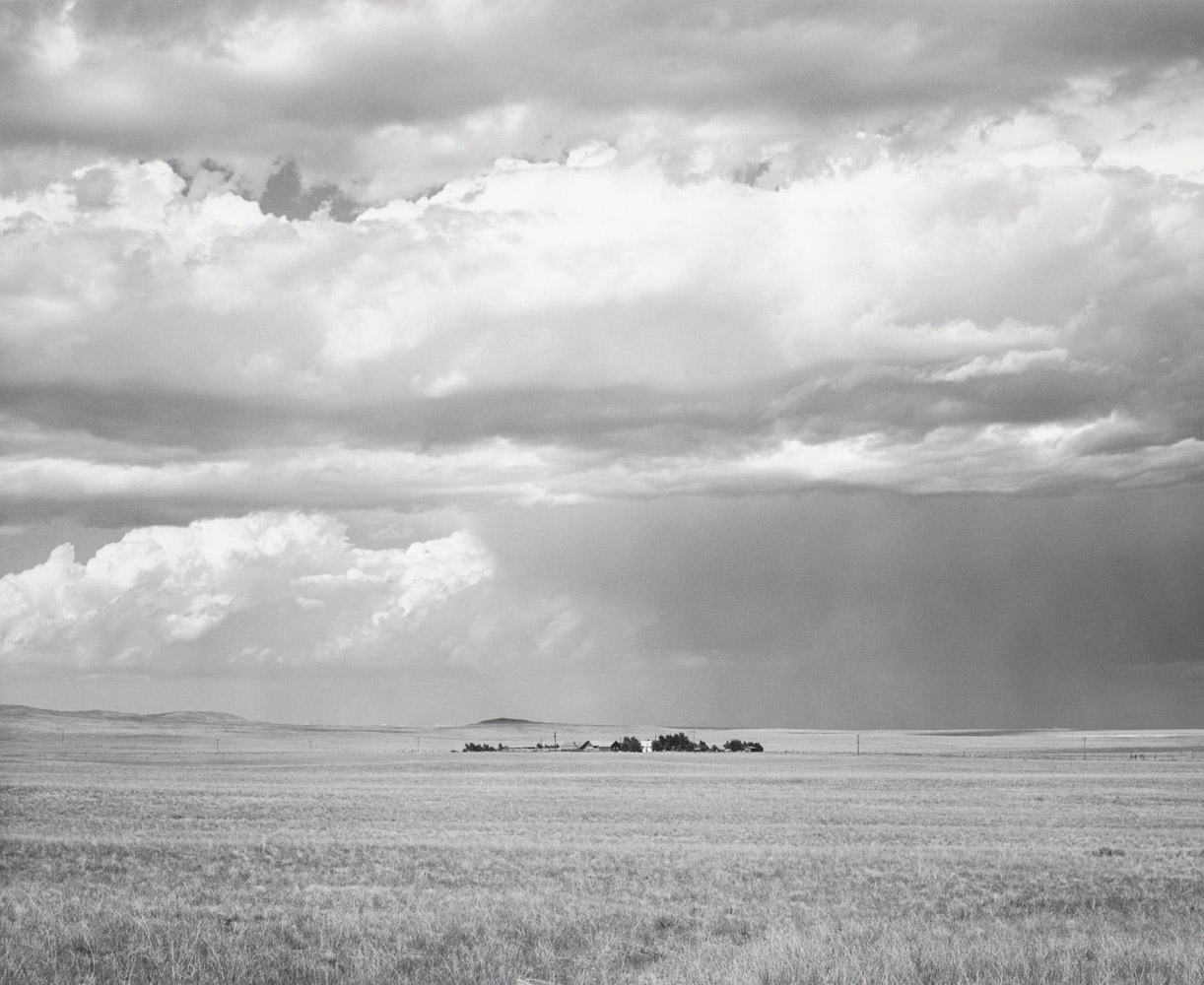
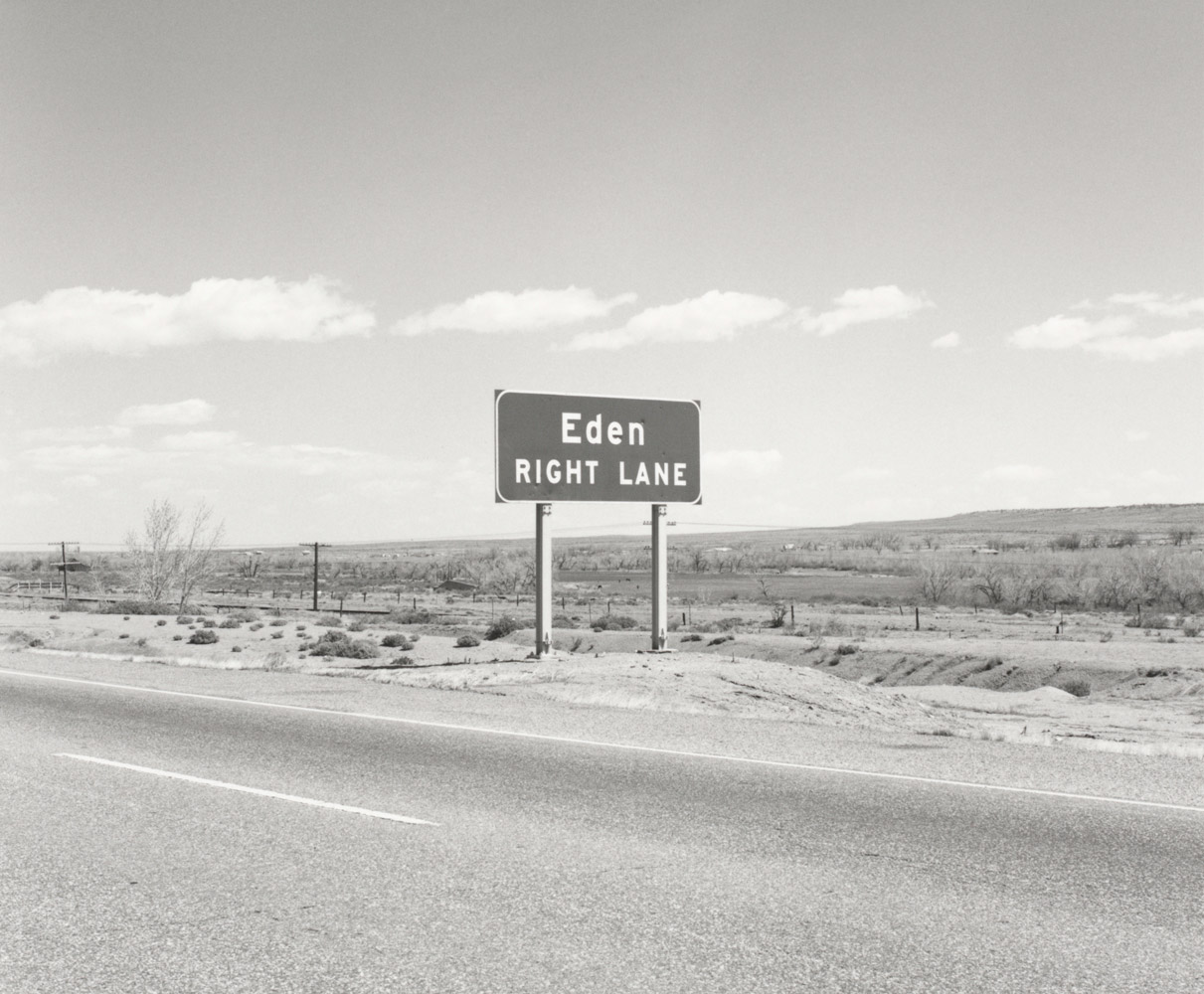

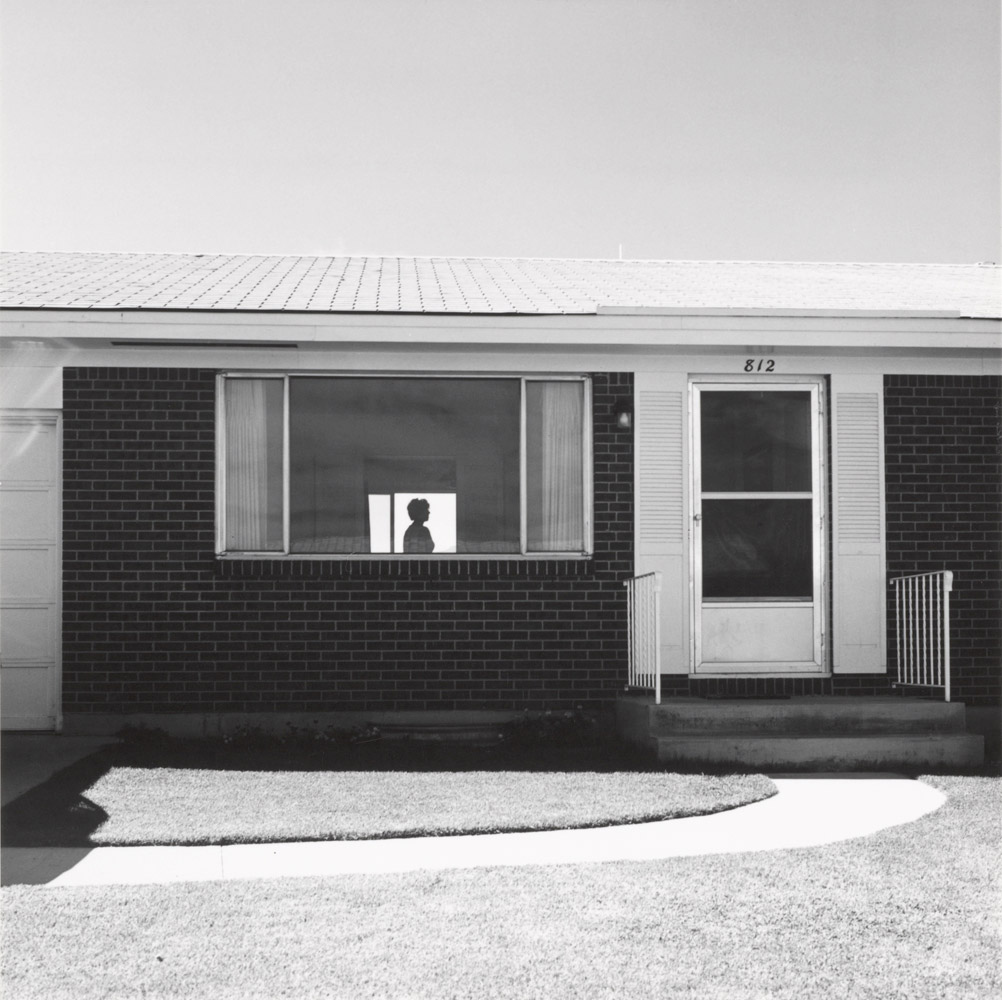
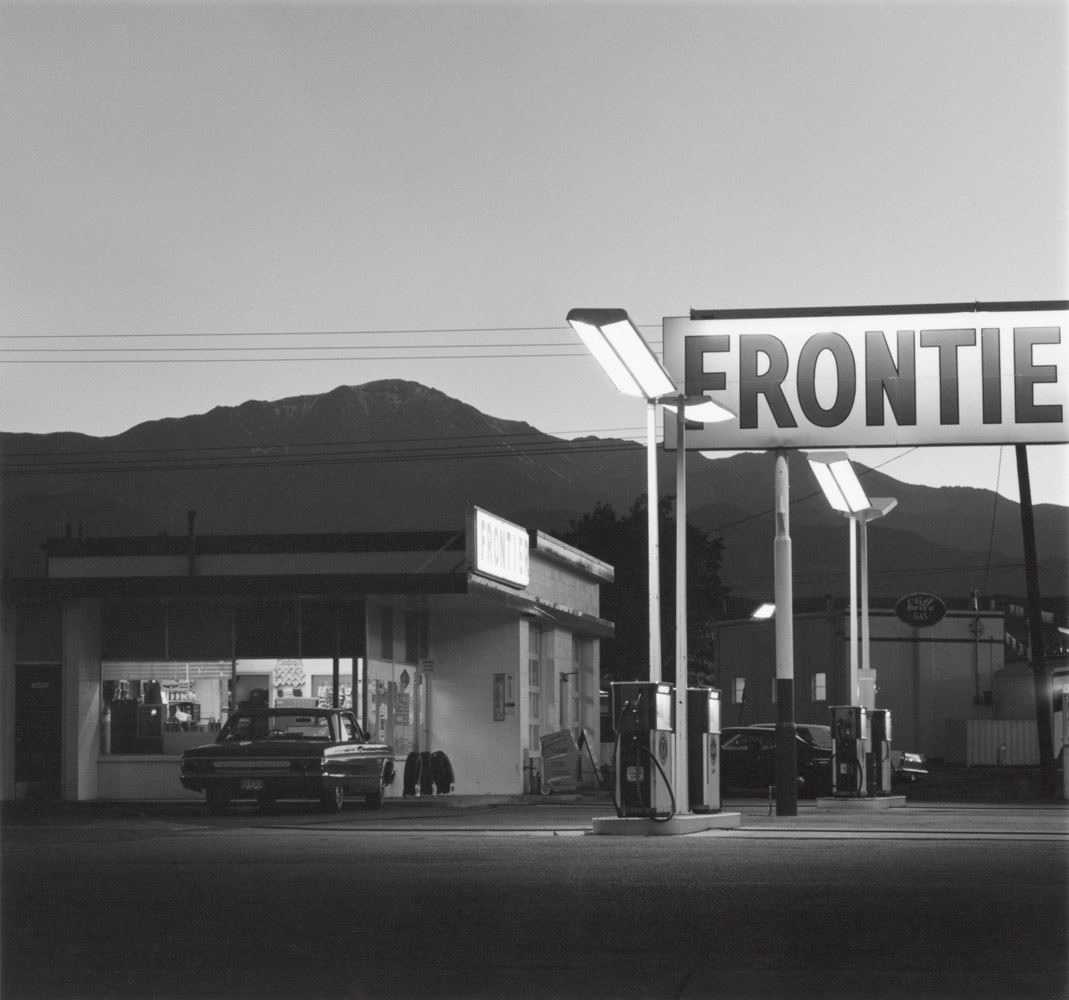

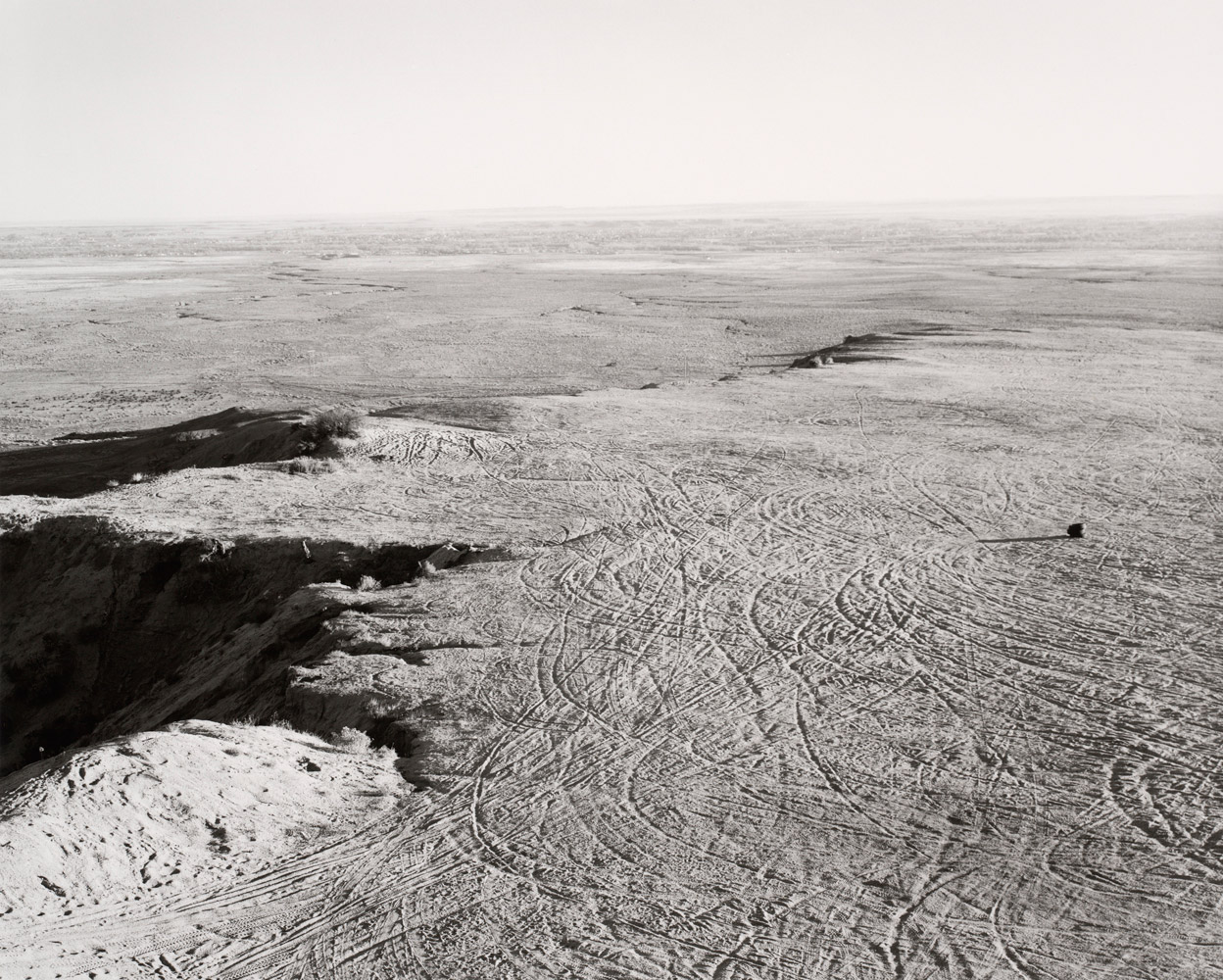


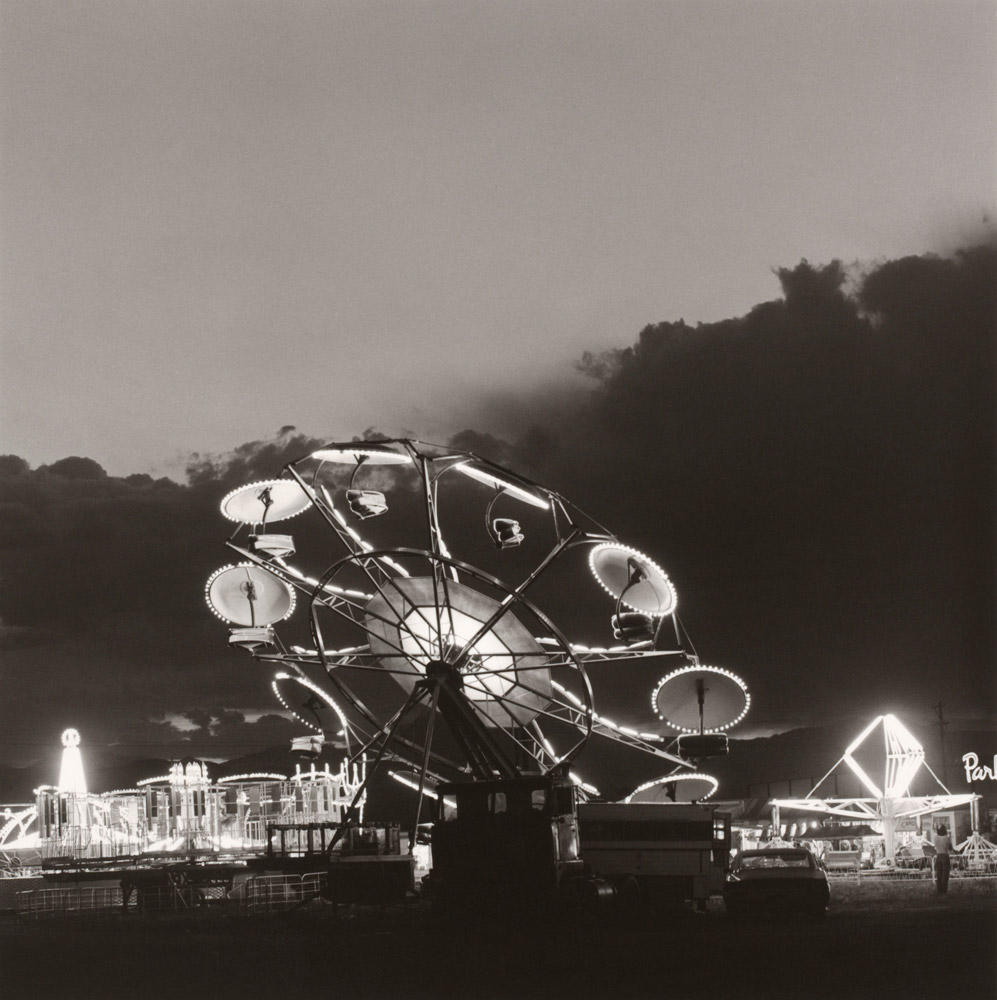
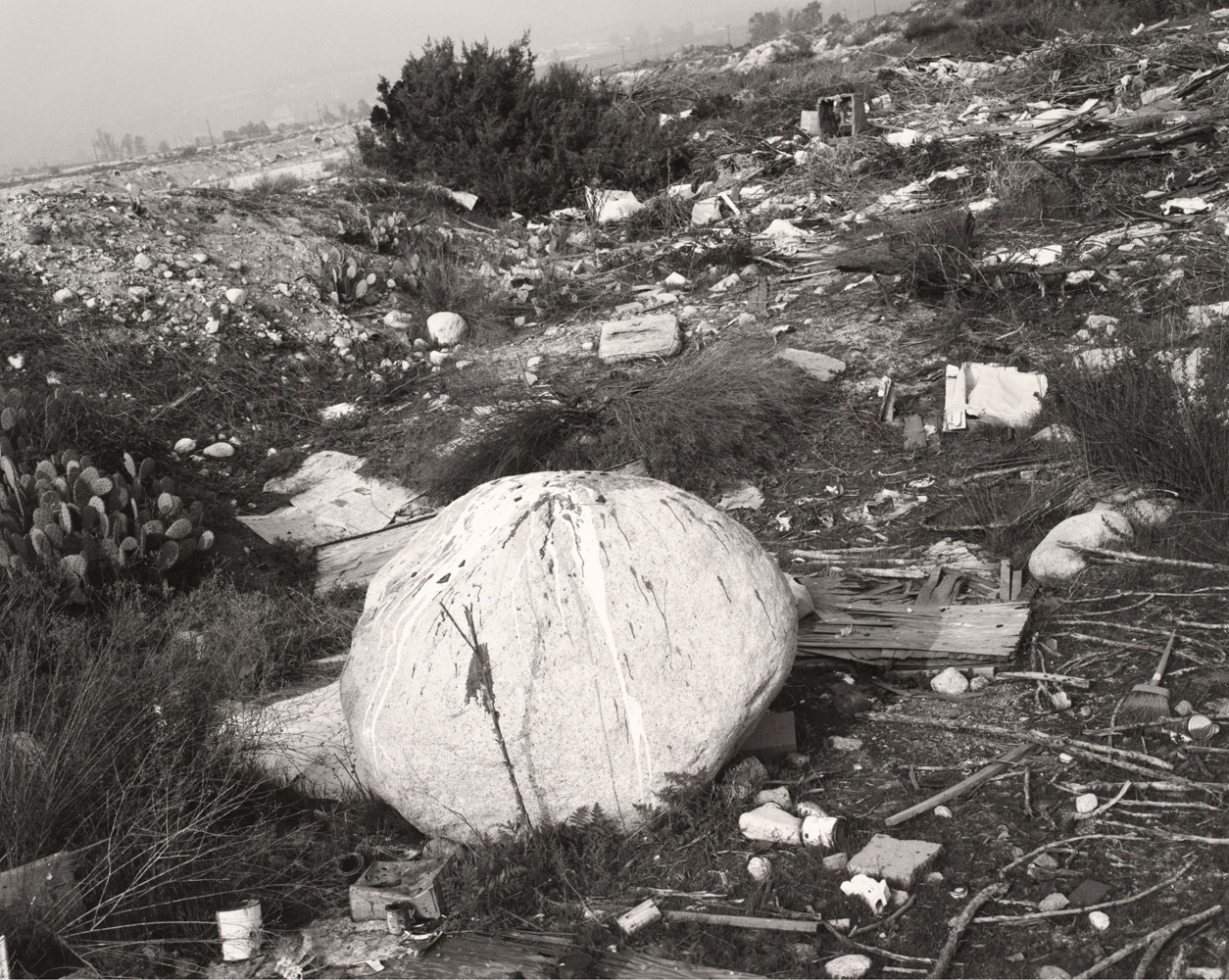


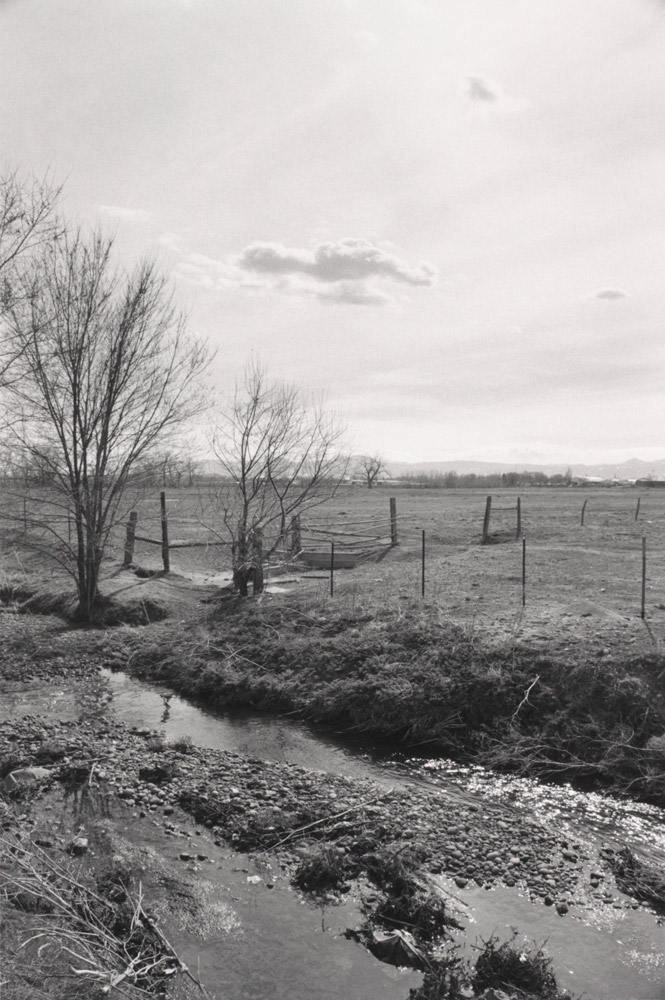
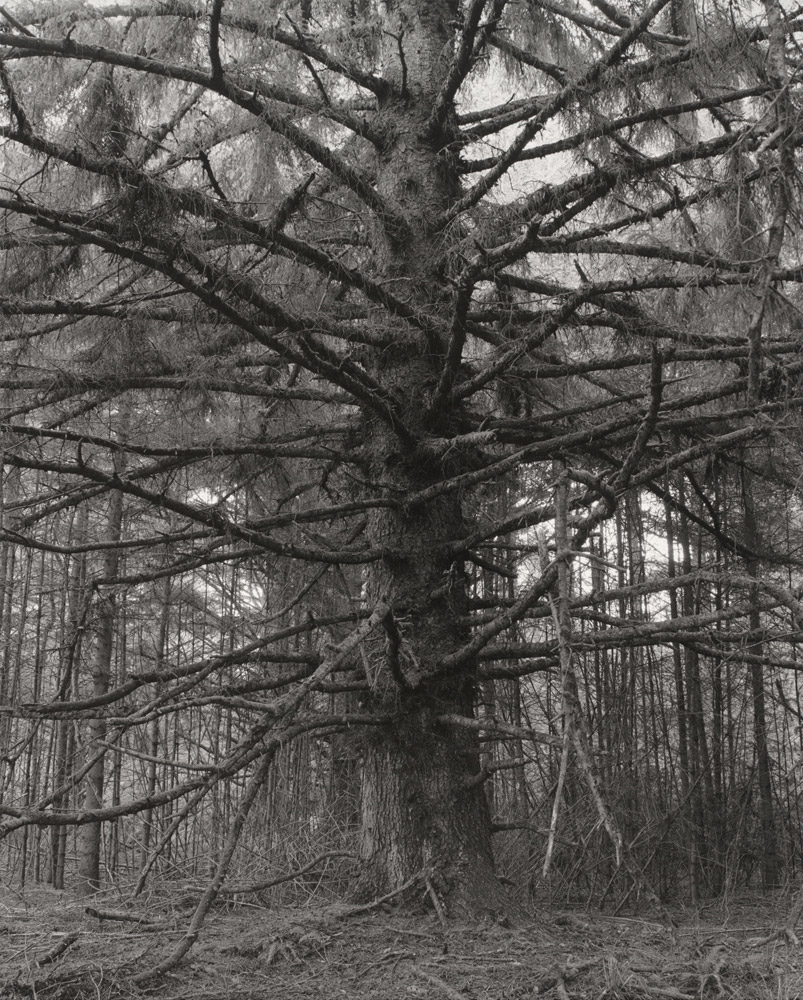
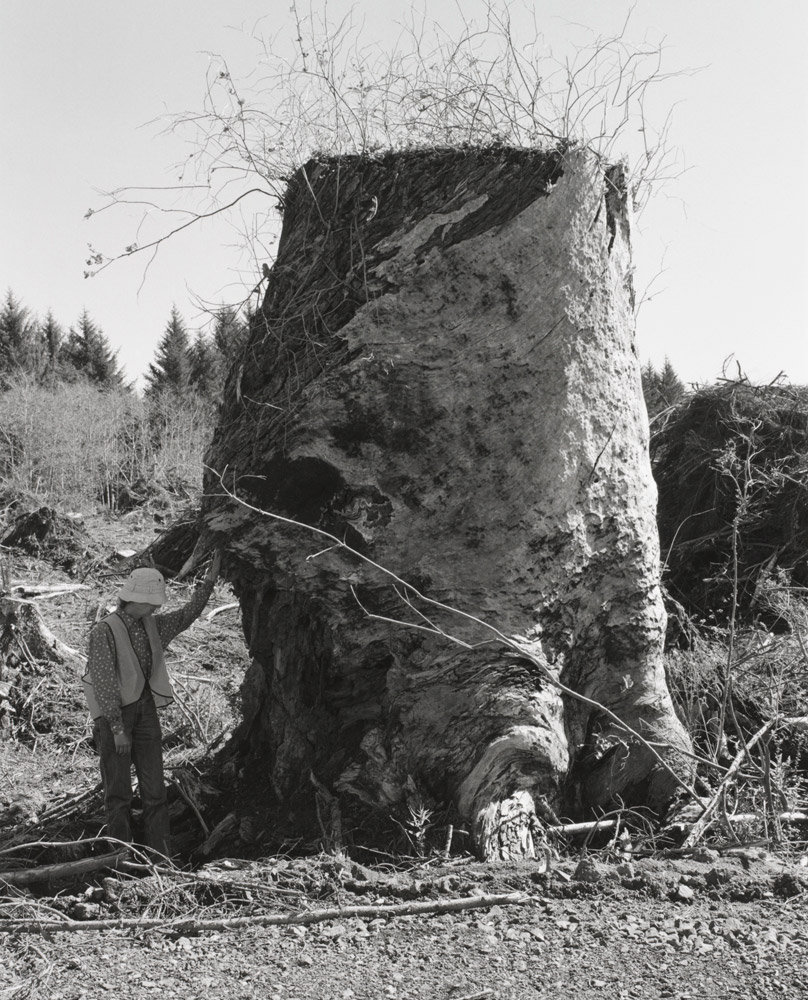
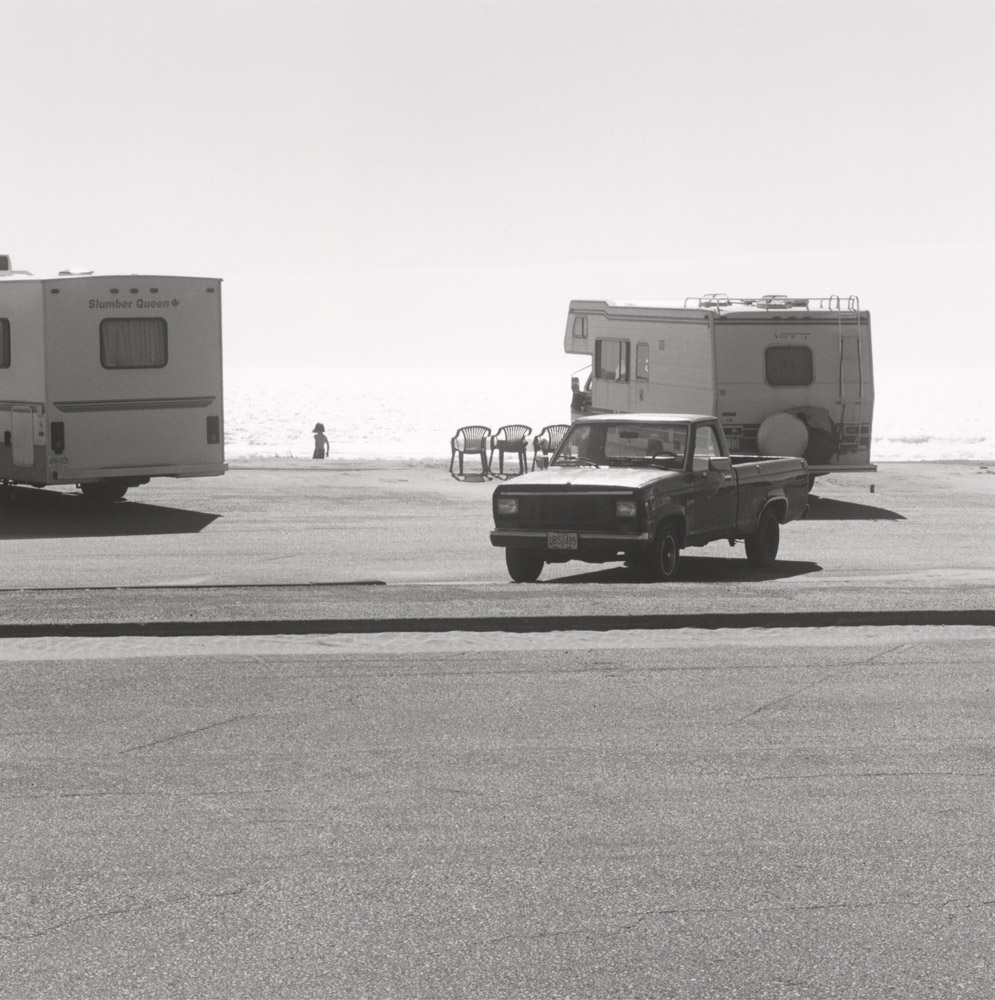

More Must-Reads from TIME
- Cybersecurity Experts Are Sounding the Alarm on DOGE
- Meet the 2025 Women of the Year
- The Harsh Truth About Disability Inclusion
- Why Do More Young Adults Have Cancer?
- Colman Domingo Leads With Radical Love
- How to Get Better at Doing Things Alone
- Michelle Zauner Stares Down the Darkness
Write to Lily Rothman at lily.rothman@time.com